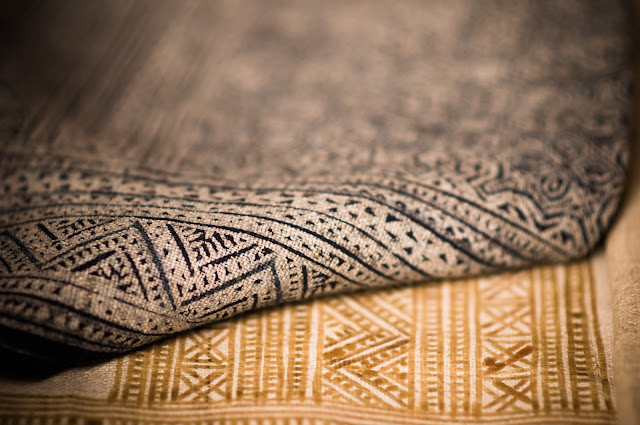I've received some questions and thought I would take some time to answer them in a series of short blog entries.
Lara asked a question on fabric copyrights.
I wonder if you can help!? I came across your blog and a similar thing happened to me - I make bags and was sold fabric for the bags that infringe on a large company's design rights. I have now found some different fabric and am wondering how I can double check that it is not copyrighted to anyone - do you know how I can check this?In the US, fabric that is sold is subject to the First Sale Doctrine, meaning you can use it as you choose. The exception to this is if the image contains licensed images or trademarks. An example of this would be a team logo or recognized cartoon character. Though even the use of fabric with licensed images is up for debate.* This right is currently being challenged as we speak at the US Supreme Court, which if the judges rule a certain way threatens this right. It would probably upend business as we know it.
Anyway, the current trend among textile surface designers is to license their designs to fabric converters (such as Michael Miller, as an example) while retaining all their copyrights. They seem to be ok with personal, home use of the fabric printed with their designs, but they don't like their designs being used on commercially made products without their permission. The idea is certainly in conflict with the First Sale Doctrine.
There have been instances of copyright and trademark infringement on fabric in the US. In those cases, the design on the fabric was copied and printed outside the distribution and control of the original designer and/or fabric manufacturer.
I think the situation presented in this question is a bit complex and I don't know enough of the details to offer much help. I think Lara may be from the UK? In which case there are different issues at play. The UK and European Union have seized on the idea of design rights and patents. In that case, a fabric print in combination with a specific product can be protected. I don't know how you can check on the copyright status or design rights of a particular print. You would probably have to rely on the integrity of the fabric supplier. In any event I think it would be difficult to ever know for sure if something was ok to use.
In the US, the answer is similar. Fabric prints have traditionally not been registered with the US copyright office. Designs, as in completed items like a dress, are not protected. So, you must rely on the integrity of the fabric supplier to supply fabric that is available for the use you intend. Intellectual property lawyers may be able to help, but I don't how many are versed on the complexities of the textile and fashion industries. Unfortunately, if the above trends continue (and if certain legislation is passed) the need for an IP lawyer will become a requirement for designers.
*If you can look past the hyperbole of the Tabberone site, they do make some interesting points.


